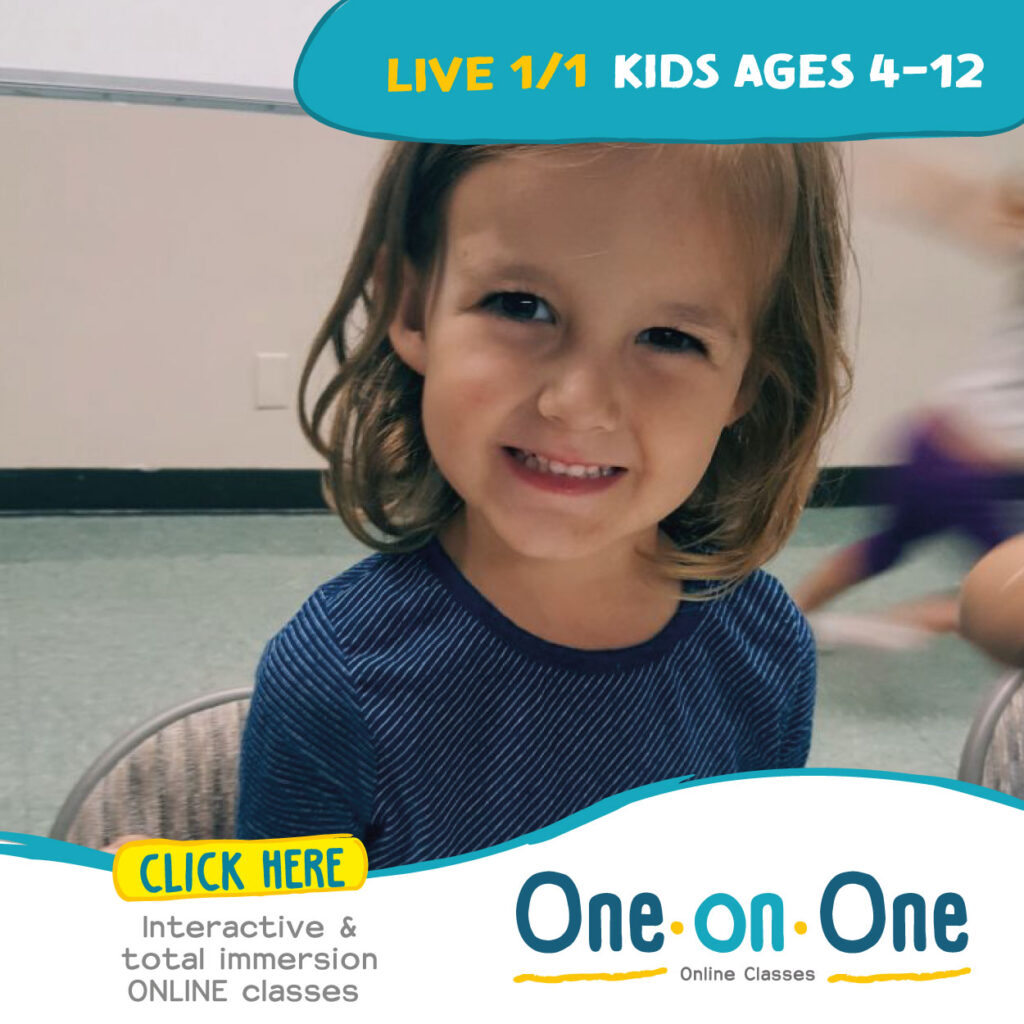
How Learning Two Languages Affects a Child’s Development
A Brief Quiz
If you’re reading this blog, you would probably agree that language is intricately beautiful for a diversity of reasons, including structure, application, evolvement, communication, and expression, to name a few. Today, we are going to focus on some of the scientific aspects of language, specifically on how learning two languages affects a child’s development. Here’s a few multiple-choice questions to get you thinking:
- All the world’s languages put together compromise approximately how many sounds? (1)
A. 1,000
B. 800
C. 500
D. 1,500
If you guessed B. 800, you’re correct! Which leads to our second question…
2. Approximately how many of those 800 sounds, or “phonemes,” does each language use?
A. 500
B. 10
C. 250
D. 40
The correct answer is d. 40.
Interesting, right? But what do these numbers have to do with child development?
The Multifaceted Beauty of Language
Research shows that at birth, the baby brain has an amazing ability: it can tell the difference between all 800 sounds. This means that at this stage, infants can learn any language that they’re exposed to. Gradually babies figure out which sounds they are hearing the most.
Between six and 12 months, infants who grow up in monolingual households become more specialized in the subset of sounds in their native language. In other words, they become “native language specialists.” And, by their first birthdays, monolingual infants begin to lose their ability to hear the differences between foreign language sounds. (2)
Fast forward a few years and the child continues to develop physically, cerebrally, and linguistically. We don’t have time or space to discuss all the complexities of the developing brain and language (whole books have been written on the topic), so we’ll present just a few studies.
Recent technological advances have peaked the interest of researchers on neuroplasticity (the ability of the brain to change in structure or function in response to experience) and how the anatomy of the human brain changes as a result of language learning. A study conducted by Li, Legault & Litcofsky (2014) showed evidence of increased gray matter (GM) density and white matter (WM) integrity as a result of language acquisition. (3)
A study on bilingual children between the ages of 5 and 8 revealed that 2 languages forces the child to develop particular coping strategies which in some ways accelerate cognitive development (BenZeev, 1977). This study also showed that “bilinguals showed more advanced processing of verbal material, more discriminating perceptual distinctions, more propensity to search for structure in perceptual situations, and more capacity to reorganize their perceptions in response to feedback.” (4)
Language and Teens
Fast forward yet a few more years from elementary and middle school, and the brain continues to develop in high school as it learns and reinforces languages. Dr. Nina Kraus and her colleagues at Northwestern University decided to test whether bilingual teens, whose brains are still developing, would also show an enhanced response to complex sounds. The researchers played the speech syllable “da” to the teens, using electrodes to record the intensity of their auditory brainstem response. Bilinguals showed a larger response than monolinguals. When the sound was played with a background of babble, monolingual teens had a less intense response than when it was played alone. In contrast, bilinguals showed virtually identical responses with and without the background babble.
“The bilingual juggles linguistic input and, it appears, automatically pays greater attention to relevant versus irrelevant sounds,” says team member Dr. Viorica Marian. “Rather than promoting linguistic confusion, bilingualism promotes improved ‘inhibitory control,’ or the ability to pick out relevant speech sounds and ignore others.” (5)
Language for All
Though the best time to begin learning multiple languages is at birth and into early childhood, it is never too late to begin and achieve this dream. Science is in favor of the child brain, but will power, determination, motivation, and perseverance will win out in the day.
If you liked our article and want more information, contact us, click here









